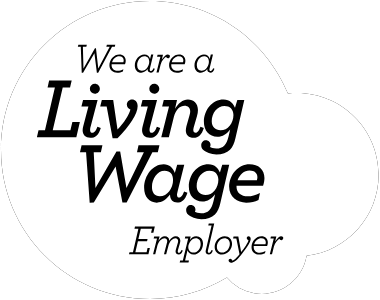Next time you’re wiggling your toes dreamily in the sparkling ocean, staring blissfully towards the horizon as the water laps gently at your feet, perhaps spare a moment of gratitude for your briny companion.
For the ocean provides us with a cornucopia of services to which many of us, unfortunately, remain completely oblivious. Did you know, for example, that the ocean provides half of our planet’s oxygen, thereby granting us every second breath we take? Someone get Sting on the phone: we need to do a remix.
Or were you aware that since industrialisation, our oceans have absorbed over 90 percent of human-generated heat, and one third of anthropogenic carbon dioxide? If our aqua ally didn’t onboard all this excess greenhouse gas-generated heat, it would be hotter than hell on the planet. Yes, the ocean is the mother of all carbon sinks; we are truly indebted to our gargantuan blue benefactor.
Which perhaps make it all the more heinous that, as a species, we’re systematically screwing up our oceans and many of the essential services they provide. But as we’re not ones for doom and gloom, let’s not linger on acidification, species decline, dead zones or the projection that by 2050 we’ll have more plastic in the oceans than fish. No, today we are here to shine a lighthouse-shaped beacon onto the wealth of life-preserving services our oceans provide for us, and the importance of the blue economy in supporting this ecosystem.
For those not in the know, the UN Environment Programme Finance Initiative has deemed the ‘blue’ (or ocean) economy as equivalent in size to the world’s seventh largest economy, with an annual economic value estimated at $2.5 trillion. This, I think we can all agree, is not exactly small fry. What’s more, every $1 invested in healthy ocean action brings a $5 return in benefits, according to the High Level Panel for a Sustainable Ocean Economy. So even the most hardened sceptic can see the business case for protecting and restoring ocean health.
And from adidas’s Parlay shoes made from recycled ocean plastics to marine collagen in moisturiser that’s derived from fish skin, or from swimwear made from fish nets to seaweed-derived biotech, or underwater cameras and LED lights that enable precision fishing and prevent unwanted bycatch, ocean innovation is rife. Which is good news, because we need lots of it – and fast.
There are certain areas that are particularly ripe for innovation and where you’re likely to find the VCs forming an orderly queue to invest. Plastic alternatives derived from seaweed are high on the list, due to huge public awareness of plastic pollution and calls for the need to clean up the ocean coming from quarters as far and wide as the UN to YouTubers’ MrBeast and Mark Rober’s fundraising collab with the Ocean Conservancy and Ocean Cleanup on #TeamSeas.
Investment is rocketing, too, into ‘blue food’ (or food derived from freshwater and marine environments, to us lay people). Aquaculture is the fastest growing form of food production today and recently welcomed its first unicorn (or perhaps we should say ‘narwhal’), eFishery. One thing’s for sure: to feed a growing world population despite well-documented diminishing natural resources, we need all the sources of sustainable protein we can get.
Alongside aquatic foodtech, other huge ocean sectors are also in transition. Maritime shipping carries an eye-watering 80% of global trade by volume, so the decarbonisation of this behemoth is a top priority, with innovations from robotic hull cleaning to the transition to green hydrogen on the cards. Across maritime transport and beyond, it’s interesting to watch how investment into digital technologies, AI, data gathering, and analytics are starting to impact the marine industry.
And let’s not forget marine energy. The potential for our oceans to meet our energy needs through offshore wind, wave and tidal power is profound. So expect to hear more about the growth of marine renewables as a key part of our global clean energy solution.
Last, but by no means least, protecting and restoring our coastal and marine ecosystems such as mangroves, seagrasses and salt marshes, is getting huge interest. Why? Because they help to sequester and store ‘blue carbon’, protect coastal resilience, and support coastal communities. Little wonder then, that interest and action around protecting these ecosystems is skyrocketing.
So alongside oceans’ pivotal role in climate regulation, it’s clear to see they are an essential part of solving our global challenges. And against this backdrop, here at Wilful we are now taking a deep dive into exploring where innovation is blooming around our ocean ecosystem, to profile a number of brilliant people we feel are nautical miles ahead in supporting and driving this growth.
So here, people, is our ask to you: we are calling on all you wonderful humans to send us your suggestions of who you think fits the bill of being a blue economy legend. We want to hear about all the amazing Venture Capitalists, Entrepreneurs, Corporate advocates, Activists, Influencers, Ocean Explorers, Academics, Policy experts and Youth leaders you rate as leading the charge in the blue economy.
We’ll then publish a list of these change-makers and look to share it far and wide, to help spread their brilliant influence across our wonderful blue planet. So let’s have it, people: we’re ready and waiting for your fabulous suggestions at hello@thewilful.com!






